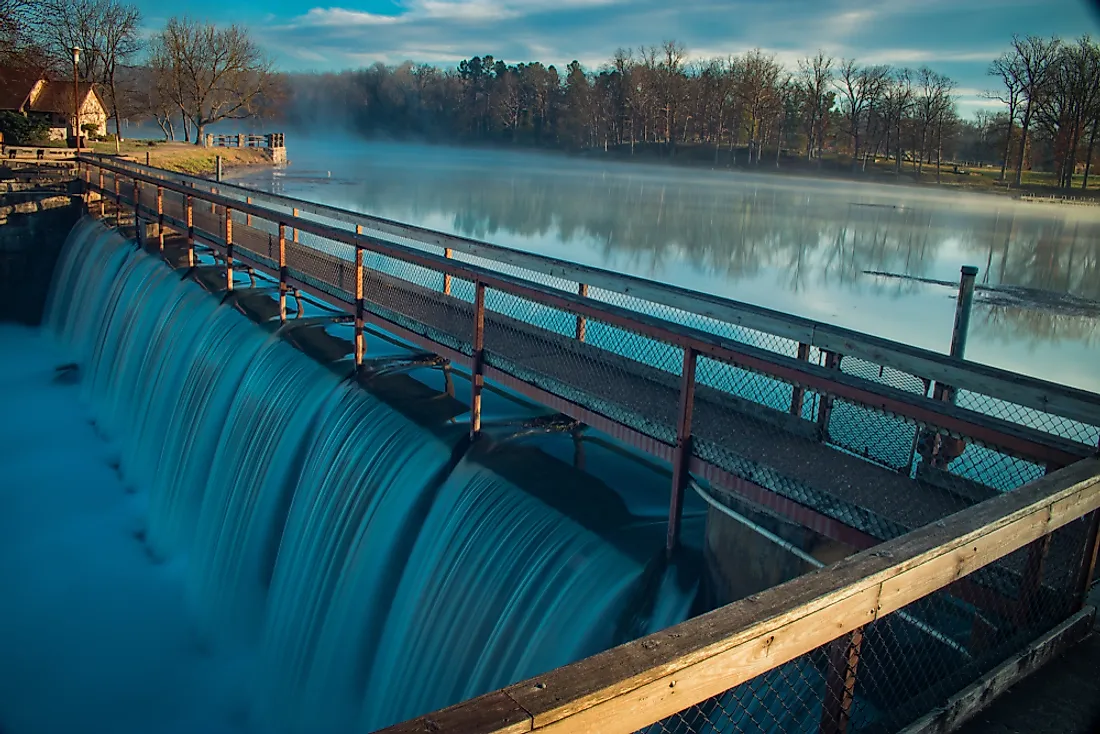The 5 National Natural Landmarks of Arkansas

The United States National Natural Landmarks (NNL) is a program that identifies and encourages the management, conservation, and rehabilitation of natural history in the US. The program identifies the geological and biological features in private and public ownership. The main aim of the program is to encourage and support individual and organization efforts in preserving sites that illustrate the ecological and geological history of the country. The program also seeks to encourage the public to appreciate natural heritage. There are 599 National Natural Landmarks in the country spread across 48 states, and the territories of Virgin Islands, Puerto Rico, Guam, and American Samoa. Delaware and Louisiana are the only states without a National Natural Landmark. The federal, state, county, or municipal governments manage about one-half of the landmark sites. One-third is privately owned while the rest is owned and managed by a public-private corporation. A site qualifies as NNL because it contains the remnants of a specific geological, or ecological, features. There are five national natural landmarks in Arkansas. There are three hardwood forest, a spring, and a shortleaf pine forest. The five sites were designated as landmarks between 1972 and 1976.
5. Big Lake Natural Area
The Big Lake Natural Area is located Mississippi County. It is part of the Big Lake National Wildlife Refuge. The landmark contains a large amount of virgin forest consisting of southern Ozark and Midwestern flora. Physical features in the area include a shallow lake, a swamp, and bottomland hardwood forest. It was designated in 1974 and falls under the management of the United States fish and wildlife service.
4. Lake Winona Research Natural Area
Lake Winona Research Nature area is located in Saline County. It consists of a large shortleaf forest that once occupied a large area of Arkansas. The current landforms develop during the Tertiary period that began 63 million years ago and continued into the Quaternary period 11 million years ago. Alum Fork Creek is the primary source of water for the lake. It was designated a National Natural Landmark in 1976.
3. Mammoth Spring
Mammoth Spring is a karst spring in Fulton County. It is the third largest in the Ozark plateau region after Big Spring and Greer Spring. It is the seventh largest in the world. The spring is a typical example of a spring that originates from a subterranean stream. The spring supplied water to a dam used to generate electricity during the early European settlement. In 1925, Arkansas-Missouri Power Company bought the dam and used it to generate hydroelectric power until 1972. The state-owned NNL was designated in 1972.
2. Roaring Branch Research Natural Area
Roaring Branch Research Natural Area Is located in Polk County. The reserve features a steep ravine with a mesophytic forest. The forest represents relic outlier of forest in Tennessee, Indiana, and Kentucky. It also supports several species of plants. The federal-owned NNL was designated in 1976.
1. White River Sugarberry Natural Area
White River Sugarberry Natural Area is located within the White River National Wildlife Refuge in Desha County. It includes three bottomland hardwood forests and a variety of wildlife population that is typical of the forest type. It was designated a national natural landmark in 1974.
The 5 National Natural Landmarks of Arkansas
| Rank | Name | Date | County | Ownership |
|---|---|---|---|---|
| 1 | Big Lake Natural Area | 1974 | Mississippi | Federal |
| 2 | Lake Winona Research Natural Area | 1976 | Saline | Federal |
| 3 | Mammoth Spring | 1972 | Fulton | State |
| 4 | Roaring Branch Research Natural Area | 1976 | Polk | Federal |
| 5 | White River Sugarberry Natural Area | 1974 | Desha | Federal |











